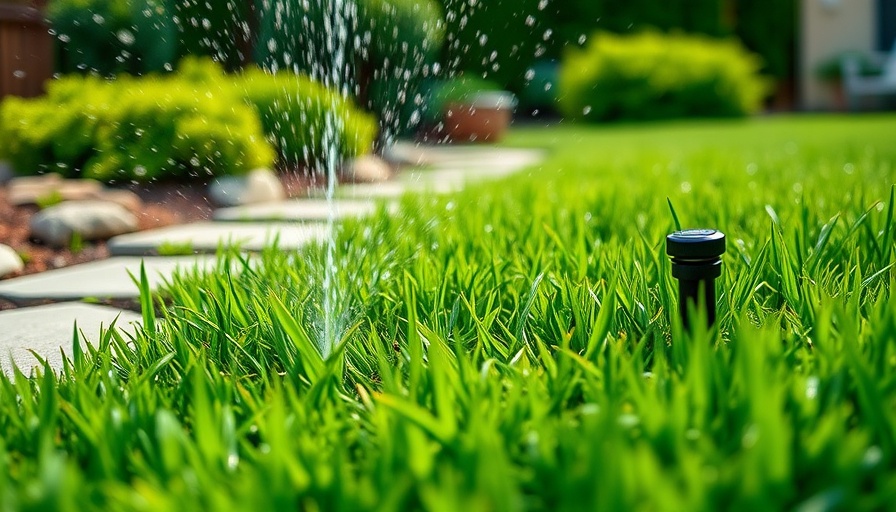
Why Fall Lawn Care is Crucial for Homeowners
As summer fades into fall, many homeowners shift their focus away from lawn maintenance, mistakenly believing their green investments can wait until spring. However, fall is a pivotal time for caring for cool-season grasses, such as perennial ryegrass and Kentucky bluegrass. Recognizing the importance of this season can foster healthier lawns that thrive come spring. Not only does fall care revitalize lawns, but it also sets the stage for stronger root systems and vibrant greens in warmer months.
The Importance of Continued Fertilization
One of the most critical tasks for homeowners this fall is to maintain a fertilization schedule. Many tend to forget as temperatures cool, yet grass continues to benefit from nutrients. Following the fertilization intervals prescribed by lawn care products can yield significant results. Lawn fertilization and weed control services in Muskegon can help you put together the right regimen tailored to your unique lawn's needs. Investing in quality fertilizers at local suppliers ensures your grasses aren’t deprived of essential nutrients as they prepare for winter.
Soil Testing: The First Step to Lawn Health
Conducting a soil test is an essential yet often overlooked aspect of lawn care. This test can reveal pH levels and nutrient deficiencies, allowing homeowners to amend the earth for optimal growth in the coming seasons. For those in Muskegon, connecting with local lawn fertilization companies may provide insights into soil improvement techniques.
How Aeration Transforms Your Lawn
Soil compaction can wreak havoc on a lawn's health. It restricts water and nutrient absorption, making it vital for homeowners to aerate their lawns this fall. This practice allows for better air circulation and root growth. Professionals often handle aeration for larger properties, making this an opportunity to consult local experts who provide lawn care services.
Dethatching for Lawn Vitality
While minor thatch layers benefit grass health by recycling nutrients, excessive build-up stifles air, water, and nutrients. Homeowners should regularly check for thatch accumulation and opt for dethatching methods when necessary. Local lawn care providers can assist with this process, ensuring a healthy lawn free from the chokehold of thick thatch.
Continued Watering: A Must for Cool-Season Grasses
A common misconception is that cooler weather means less watering. In reality, cool-season grasses still require about an inch of water weekly through fall. Adapt your watering schedule to these needs and consult nearby home improvement stores for efficient irrigation options that can simplify this task.
Investing in Lawn Care: Your Local Resource Advantage
When considering the right lawn fertilization and weed control services in Muskegon, the benefits of local knowledge cannot be overstated. Familiarity with the regional climate can influence decisions greatly, from selecting the best lawn fertilizer brands to understanding local weeds and pest patterns. Utilize these resources to maximize your lawn's potential.
Join the Community of Proud Lawn Care Enthusiasts
As the leaves turn, let your lawn be a testament to your dedication. Engaging with local forums, attending community gardening events, and connecting with fellow enthusiasts can provide invaluable insights and a sense of camaraderie. The local community is filled with resources just waiting to be shared—be a part of it!
By recognizing the importance of fall lawn care and acting on the strategies outlined above, homeowners can ensure their cool-season grasses are well-equipped for resilience, leading to lush and inviting lawns in the spring.
Ultimately, the enthusiasm for a well-manicured lawn can extend beyond aesthetics; it fosters community pride and enhances neighborhood charm. As you continue your fall lawn routine, explore local services in Muskegon that can help elevate your lawn’s health, beauty, and longevity. Reach out and find your ideal lawn fertilization and pest control partners right in your neighborhood!
 Add Row
Add Row 
 Add
Add 


Write A Comment